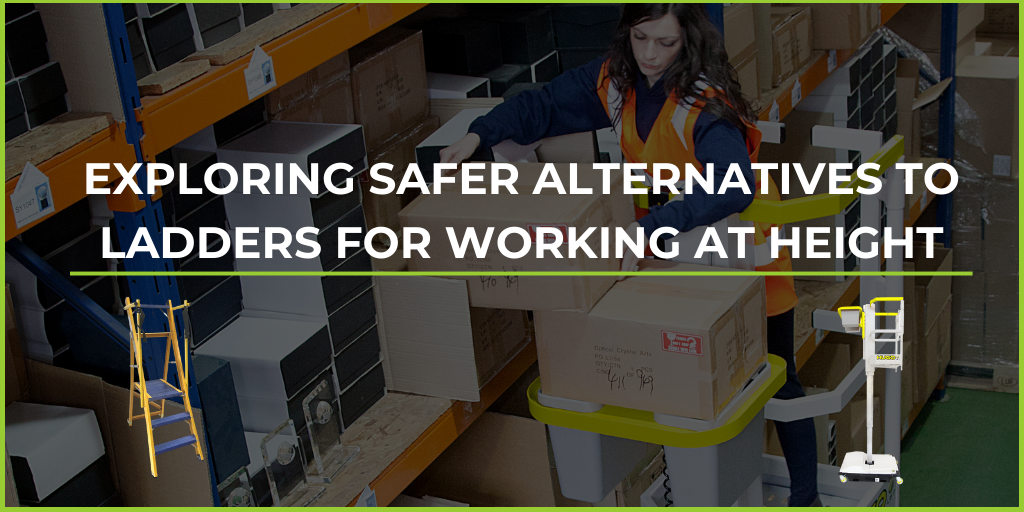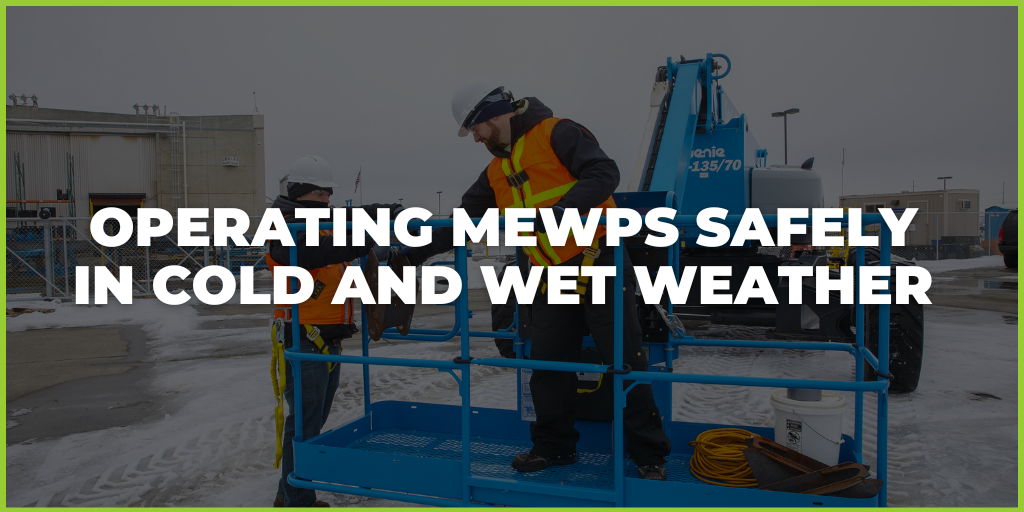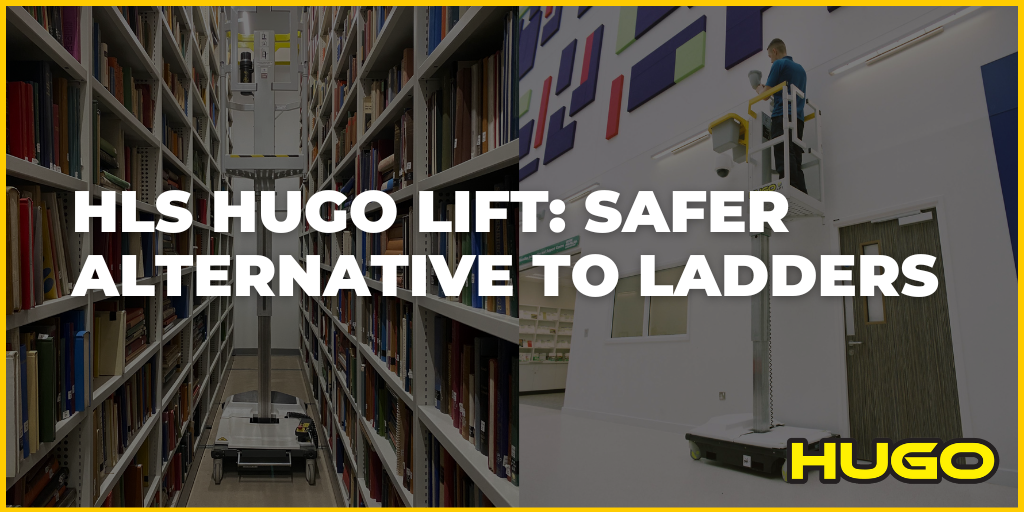In today's fast-paced working world, safety, efficiency, and productivity are of utmost importance. When it comes to reaching low-level heights or accessing elevated areas, the choice between low-level access platforms and traditional steps and ladders can make a significant difference. While steps and ladders have been the go-to choice for many industries due to their cost-effectiveness, they also come with an increased risk of accidents. It is crucial to recognise that access platforms offer a safer alternative for working at height.
Ladders can be suitable for certain activities when a risk assessment determines that using equipment with a higher level of fall protection is not justified. However, ladders should not be the preferred choice, except for low-risk activities requiring short durations of up to 30 minutes, such as maintenance tasks, window cleaning, painting, or accessing high shelves. If ladders are the best option for the task, they must be used in safe environments with level surfaces and secured equipment for stability.
Consider choosing ladder alternatives like platform steps for added stability and usability, particularly if the task requires more than 30 minutes.
Understanding the Risk of Falls from Height
Falls from height are a significant concern, with the Health and Safety Executive's (HSE) latest report for 2022/23 showing that they were the most common cause of fatal accidents, accounting for 30% of worker deaths. Surprisingly, most of these injuries occur when falling from less than 2 meters. Many of these accidents could have been prevented and are often the result of incorrect equipment use or the use of inappropriate equipment.
Common causes of injuries when working at height using ladders include unstable ladder placement, improper ladder angle, overreaching, lack of a secure handhold, faulty equipment, foot slipping, and overloading the ladder.
Read more - https://www.hls.co/steps-and-ladders-toolkit
Exploring Alternatives to Ladders
Many organisations seek alternatives to ladders to reduce risk, increase safety, and improve productivity. Some of the top motivators for considering alternative work at height solutions include demonstrating "corporate conscience," enhancing employee health and wellbeing, and ensuring compliance with HSE legislation and guidance.
Here are examples of alternative equipment to replace ladders:
Scaffolds provide variable working heights and larger elevated platforms, offering advantages that ladders cannot. However, they come with safety challenges and require proper setup to ensure stability.
Access Platforms & Push-Around Vertical Lifts (PAVs):
Low-level access platforms are easy to use, compact, and versatile in reaching a wide range of heights. They increase productivity and often require only one operator. Replacing ladders with low-level access platforms can lead to lower injury and accident rates.
Low-level scissor lifts make reaching elevated heights nearly effortless, handling applications that would typically require ladders, towers, or scaffolding. They enable faster and more secure job completion without the setup time of other equipment or the instability of ladders.
To determine the best ladder alternative for your specific needs, get in touch with us today. We can help you choose the safest and most efficient solution for your working at height requirements.




